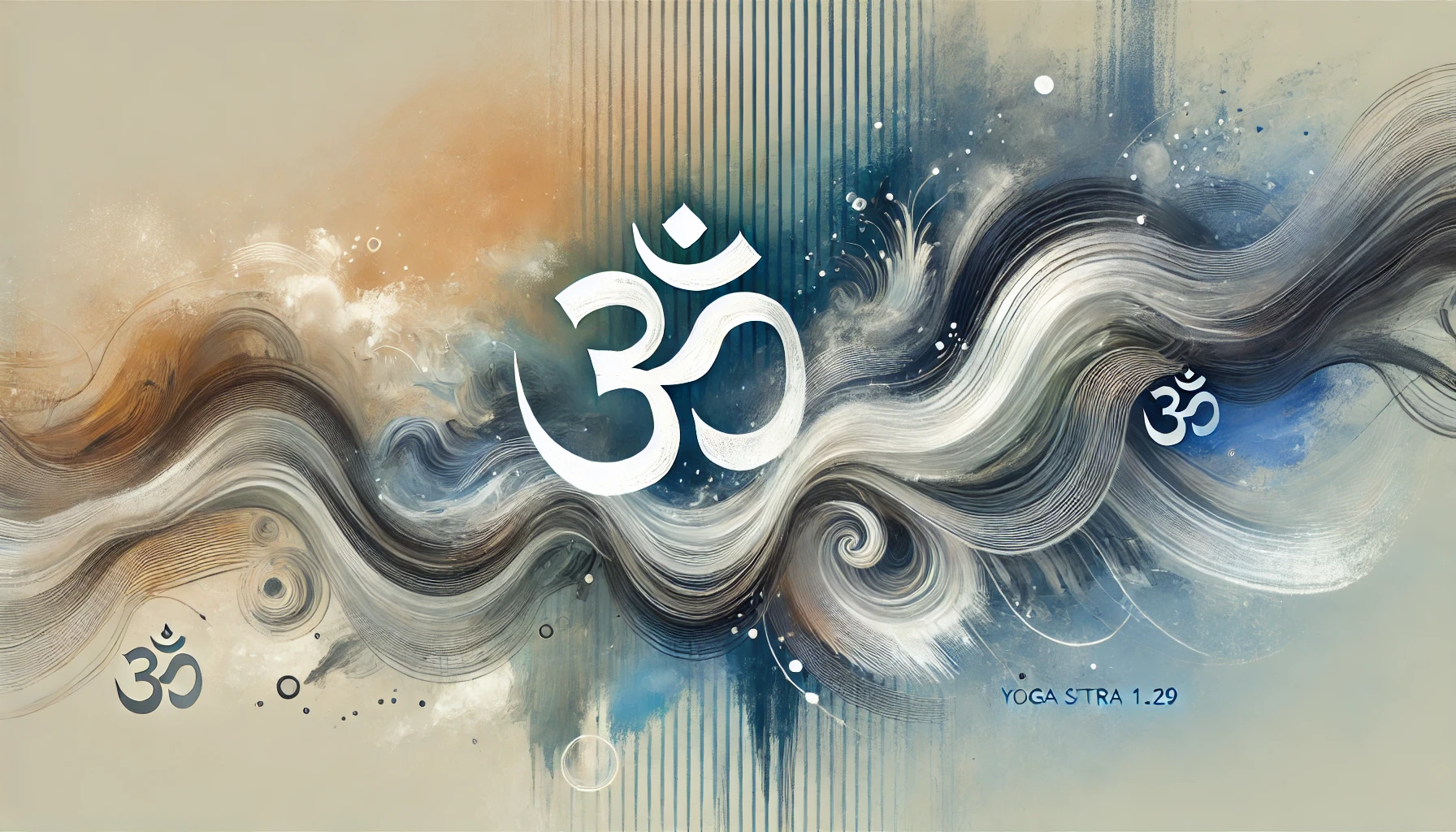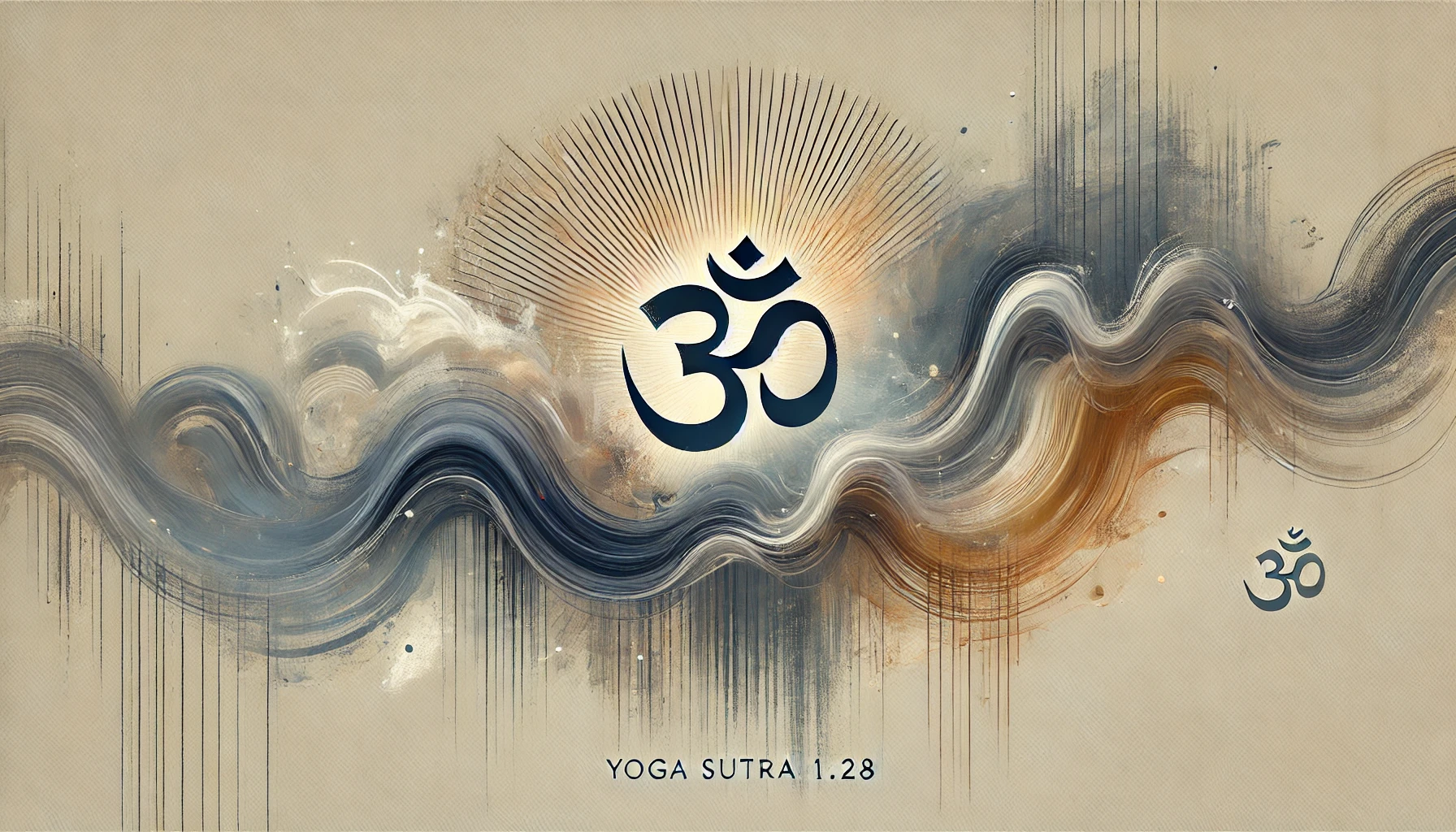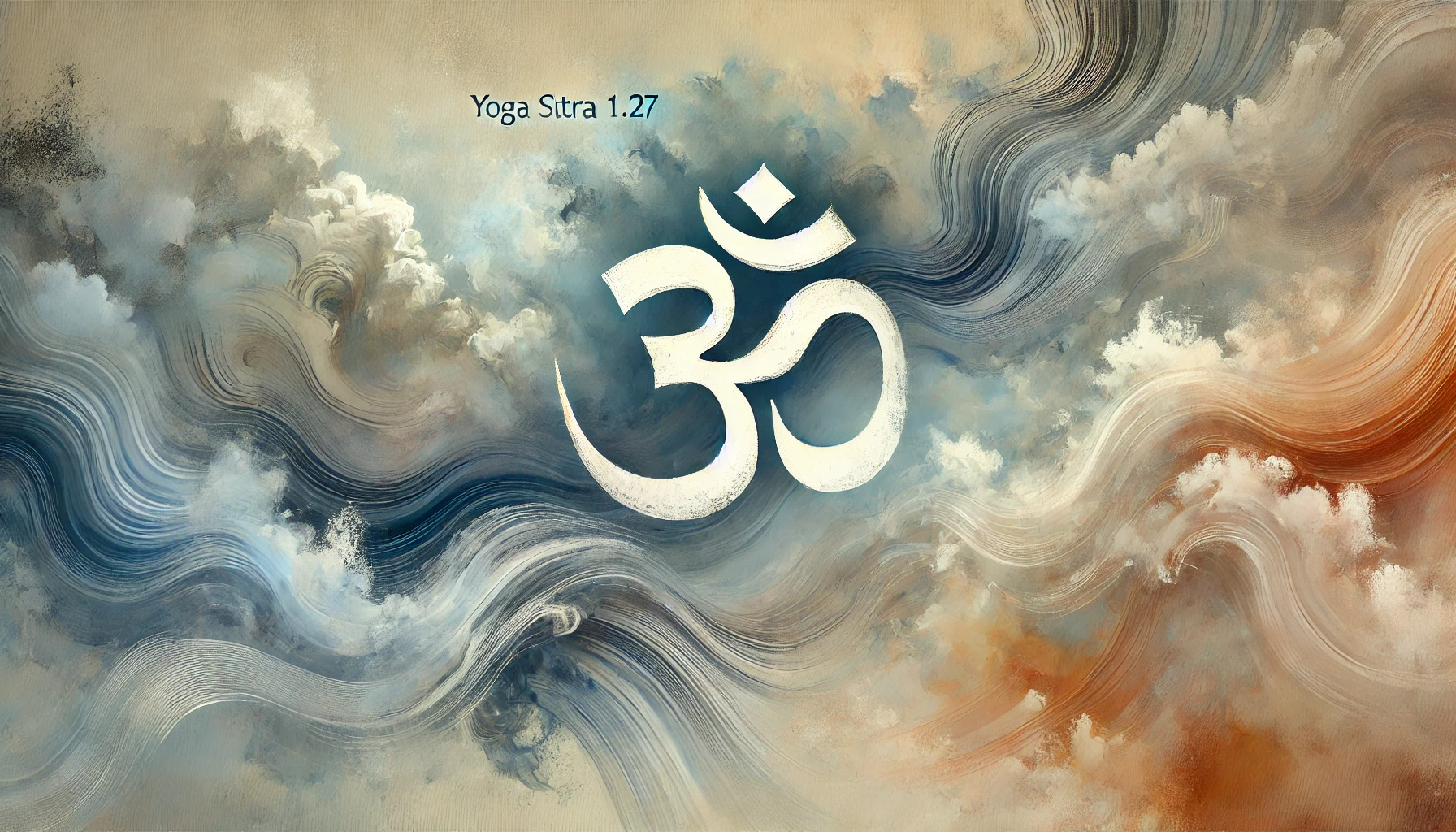Introduction Yoga Sutra 1.34 introduces breath regulation (pranayama) as a method to calm the mind and remove distractions. This verse, “Pracchardana Vidharanabhyam Va Pranasya,” teaches that conscious control of the breath brings mental clarity, inner stillness, and emotional balance. Understanding …
Introduction Yoga Sutra 1.33 introduces a powerful technique for cultivating mental peace and emotional balance. This verse, “Maitri Karuna Muditopekshanam Sukha Dukha Punyapunya Vishayanam Bhavanatah Chitta Prasadanam,” teaches that by developing specific attitudes toward different situations, the mind attains clarity …
Introduction Yoga Sutra 1.32 provides the solution to overcoming mental distractions and obstacles discussed in the previous verses. This sutra, “Tat-Pratishedhartham Eka-Tattva-Abhyasah,” teaches that practicing one-pointed focus (Eka-Tattva-Abhyasa) is the key to stabilizing the mind. Understanding this sutra helps practitioners …
Introduction Yoga Sutra 1.31 explains the symptoms of mental distractions and obstacles in spiritual practice. This verse, “Dukha Daurmanasya Angamejayatva Shvasa Prashvasa Vikshepa Sahabhuvah,” describes how inner disturbances manifest as physical and emotional distress, preventing deep meditation. Understanding this sutra …
Introduction Yoga Sutra 1.30 introduces the nine obstacles that disturb mental focus and hinder spiritual progress. This verse, “Vyadhi Styana Samsaya Pramada Alasya Avirati Bhranti-Darsana Alabdhabhumikatva Anavasthitatvani Chitta-Vikshepa Te Antarayah,” explains how these distractions create restlessness in the mind and …
Introduction Yoga Sutra 1.29 describes the profound effects of meditating on Om (Pranava). This verse, “Tatah Pratyak Chetanadhigamo’pyantarayabhavascha,” teaches that through deep contemplation of Om, one attains inner self-awareness and freedom from obstacles. Understanding this sutra helps practitioners develop clarity, …
Introduction Yoga Sutra 1.28 emphasizes the power of japa (repetition) of Om and the importance of meditating on its meaning. This verse, “Taj Japah Tadartha Bhavanam,” teaches that consistent recitation of Om, combined with deep contemplation of its significance, leads …
Introduction Yoga Sutra 1.27 introduces the sacred sound of Om (Pranava) as the expression of Ishvara (Supreme Consciousness). This verse, “Tasya Vachakah Pranavah,” explains that the divine presence is represented by the vibration of Om, which is the primordial sound …
Introduction Yoga Sutra 1.26 explains that Ishvara (the Supreme Consciousness) is the eternal teacher, guiding all beings beyond the limits of time. This verse, “Sa Purvesham Api Guruh Kalena Anavacchedat,” highlights that Ishvara’s wisdom is not bound by history or …
Introduction Yoga Sutra 1.25 describes Ishvara (the Supreme Consciousness) as the source of infinite wisdom. This verse, “Tatra Niratishayam Sarvajna Bijam,” reveals that within Ishvara exists the seed of all-knowing consciousness, which surpasses any form of human knowledge. Understanding this …
Introduction Yoga Sutra 1.24 describes Ishvara (the Supreme Consciousness) as being beyond human suffering, karma, and the cycle of cause and effect. This verse, “Klesha Karma Vipaka Asayaih Aparamrishtah Purusha Vishesa Ishvarah,” introduces Ishvara as a unique form of Purusha …
Introduction Yoga Sutra 1.23 introduces Ishvara Pranidhana, the path of surrender to a higher power. This verse, “Ishvara Pranidhanad Va,” teaches that self-realization can be attained through complete devotion and surrender to Ishvara, the divine or universal consciousness. Understanding this …
Introduction Yoga Sutra 1.22 builds upon the previous verse by explaining that the speed of spiritual progress depends on the intensity of one’s practice. This sutra, “Mridu Madhya Adhimatra Tatah Api Visheshah,” teaches that individuals progress at different rates depending …
Introduction Yoga Sutra 1.21 is a powerful verse that highlights the importance of intensity and dedication in one’s spiritual journey. This sutra, “Tivra Samveganam Asannah”, teaches that those who practice with great enthusiasm and determination attain success in yoga more …
Introduction Yoga Sutra 1.20 introduces the essential qualities that lead a practitioner toward Samprajnata Samadhi (higher meditative absorption). This verse, “Shraddha Virya Smriti Samadhi Prajna Purvakah Itaresam,” explains that deep meditation and wisdom are achieved through faith (shraddha), energy (virya), …
Introduction Yoga Sutra 1.19 introduces a category of beings who experience a temporary form of Samadhi (meditative absorption) but have not yet achieved true liberation. This verse, “Bhava Pratyayo Videha Prakriti Layanam”, explains that some beings attain higher states of …
Introduction Yoga Sutra 1.18 introduces Asamprajnata Samadhi, the highest state of meditation beyond conceptual thought. This verse, “Virama Pratyaya Abhyasa Purvah Samskara Shesha Anyah”, explains that in this state, the mind is free from mental activity, and only subtle impressions …
Introduction Yoga Sutra 1.17 introduces the concept of Samprajnata Samadhi, or cognitive meditation, which involves four progressive stages of deep concentration. This verse, “Vitarka Vichara Ananda Asmita Rupa Anugamat Samprajnatah”, explains that through focused meditation, a practitioner experiences different levels …
Introduction Yoga Sutra 1.16 introduces the highest form of Vairagya (non-attachment)—one that goes beyond worldly detachment and leads to self-realization. This verse, “Tatparam Purusha Khyater Gunavaitrisnyam”, explains that true renunciation arises when one perceives the Purusha (true self) and becomes …
Introduction Yoga Sutra 1.15 introduces the concept of Vairagya (non-attachment) as a key principle in achieving inner peace and freedom from suffering. This verse, “Drishta Anushravika Vishaya Vitrishnasya Vashikara Samjna Vairagyam”, explains that detachment arises when one is free from …




















